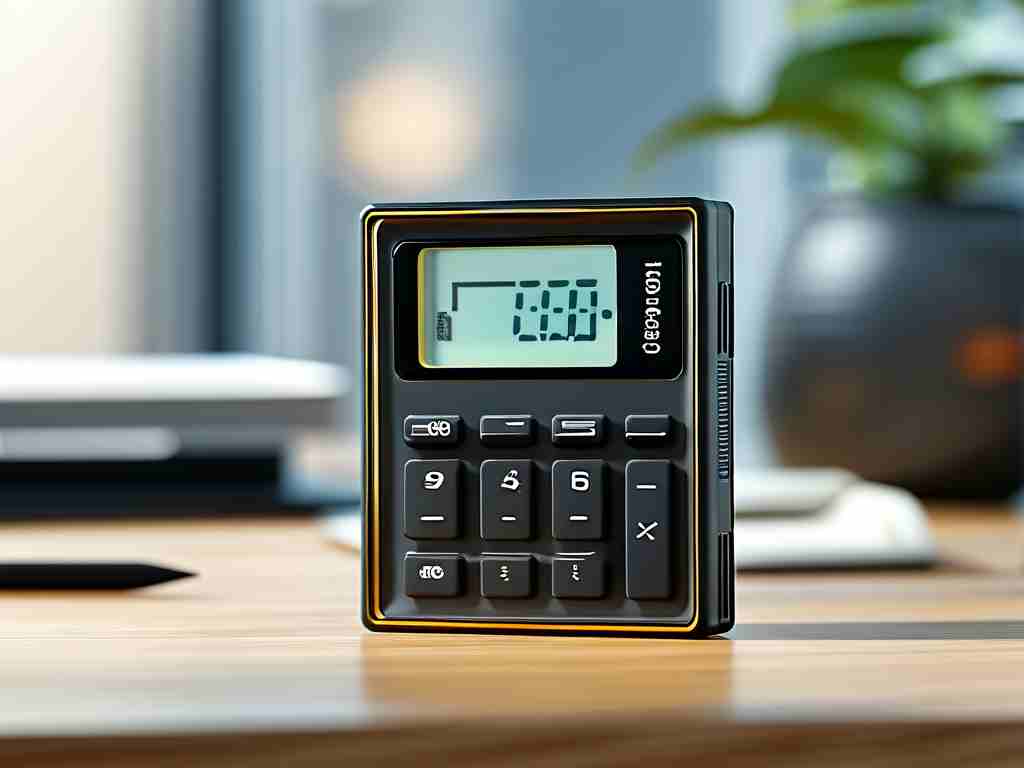Calculators equipped with memory cards offer enhanced functionality for students, professionals, and enthusiasts by allowing expanded storage for data, programs, and formulas. This guide provides a comprehensive walkthrough on how to effectively utilize these devices, ensuring you maximize their potential without common pitfalls. Whether you're working with scientific models like those from Texas Instruments or basic educational tools, the principles remain similar, focusing on seamless integration and practical applications.

To begin, it's essential to understand what a memory card does in this context. Modern calculators, such as the popular TI-84 series or Casio models, often feature slots for microSD or proprietary cards that act as external storage. This capability transforms a simple calculating tool into a versatile device capable of holding large datasets, custom applications, and backup files. For instance, in academic settings, users can store complex mathematical equations or statistical data for quick access during exams or projects. The primary advantage lies in portability and efficiency; instead of relying on internal memory, which might be limited, a memory card enables users to carry extensive resources without constant re-entry.
The first step in using a calculator with a memory card involves physical insertion and initial setup. Locate the card slot on your device—typically found on the side or back panel—and gently insert the memory card until it clicks into place. Ensure the card is compatible with your calculator model to avoid damage; refer to the user manual for specifications like capacity limits, as some devices only support up to 32GB. Once inserted, power on the calculator and navigate to the settings menu. Here, you might need to format the card if it's new or used elsewhere, which prepares it for exclusive use with the calculator. Formatting usually erases existing data, so back up any important files beforehand using a computer if possible. After this, the system should recognize the card automatically, displaying a storage indicator on the home screen.
Next, mastering data storage and retrieval is crucial for everyday use. To save information, such as a set of variables or a lengthy calculation, access the memory functions through the calculator's menu. Select the "Save" or "Store" option, choose the desired location on the card (often labeled as folders or directories), and input your data. For example, in algebra work, you could save coefficient values for quadratic equations, allowing rapid recall during problem-solving sessions. Retrieving data is equally straightforward: navigate to the "Load" or "Open" feature, browse the card's contents, and select the file to import it back into the calculator's active memory. This process enhances productivity by reducing repetitive tasks, especially in time-sensitive scenarios like lab experiments or financial analyses. Additionally, many calculators support batch operations, where multiple datasets can be transferred at once, saving valuable time during complex projects.
Beyond basic storage, these calculators excel in handling advanced applications like program installation and formula management. Users can download or create small programs—such as graphing utilities or statistical tools—from online repositories and transfer them to the memory card via a USB connection to a computer. Once the card is reinserted, install the programs through the calculator's application manager, which integrates them into the main interface for easy execution. This capability is ideal for specialized tasks; for instance, engineering students might use programs for circuit simulations, while researchers store custom algorithms for data analysis. To maintain organization, regularly back up your card contents to a computer to prevent data loss from accidental deletions or card failures. Troubleshooting common issues, such as unrecognized cards or slow performance, often involves re-seating the card, checking for firmware updates, or reformatting to resolve corruption.
In , integrating a memory card into your calculator unlocks a world of efficiency and customization, making it an indispensable tool for academic and professional endeavors. By following these steps—insertion, setup, data handling, and advanced usage—you can avoid frustrations and leverage the full spectrum of features. Always prioritize compatibility and regular backups to ensure longevity. As technology evolves, these devices continue to bridge the gap between traditional calculation and digital innovation, empowering users to achieve more with less effort.

